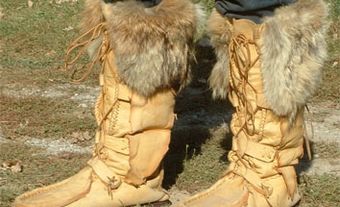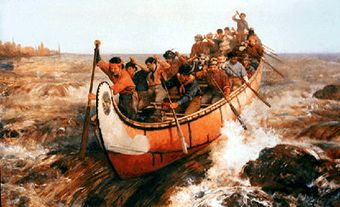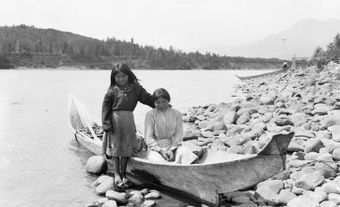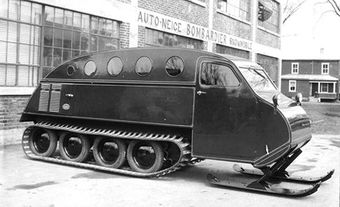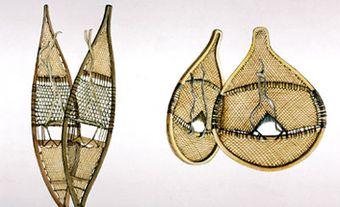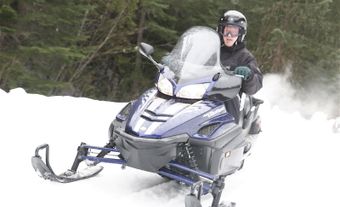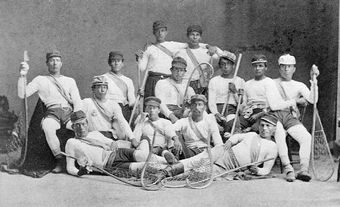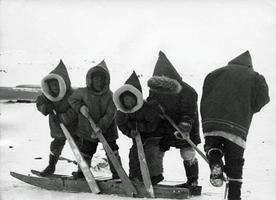
Well adapted to light powder snow but useless in wet snow, toboggans were replaced by canoe-sleds during spring thaw. They were pulled by dogs or by people. Among the Chipewyan, toboggans were pulled by women.

In addition to its recreational use, the toboggan may still serve the same purpose but has generally been replaced by the skidoo or other motorized sleds. (See also Bobsledding.)

 Share on Facebook
Share on Facebook Share on X
Share on X Share by Email
Share by Email Share on Google Classroom
Share on Google Classroom



